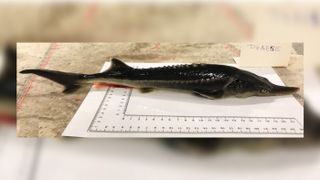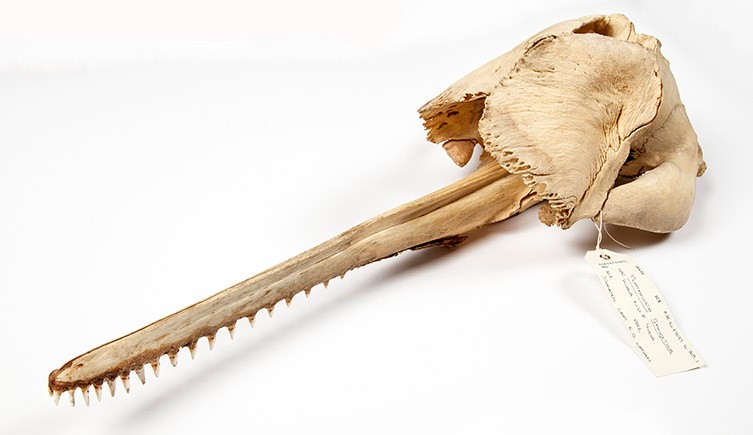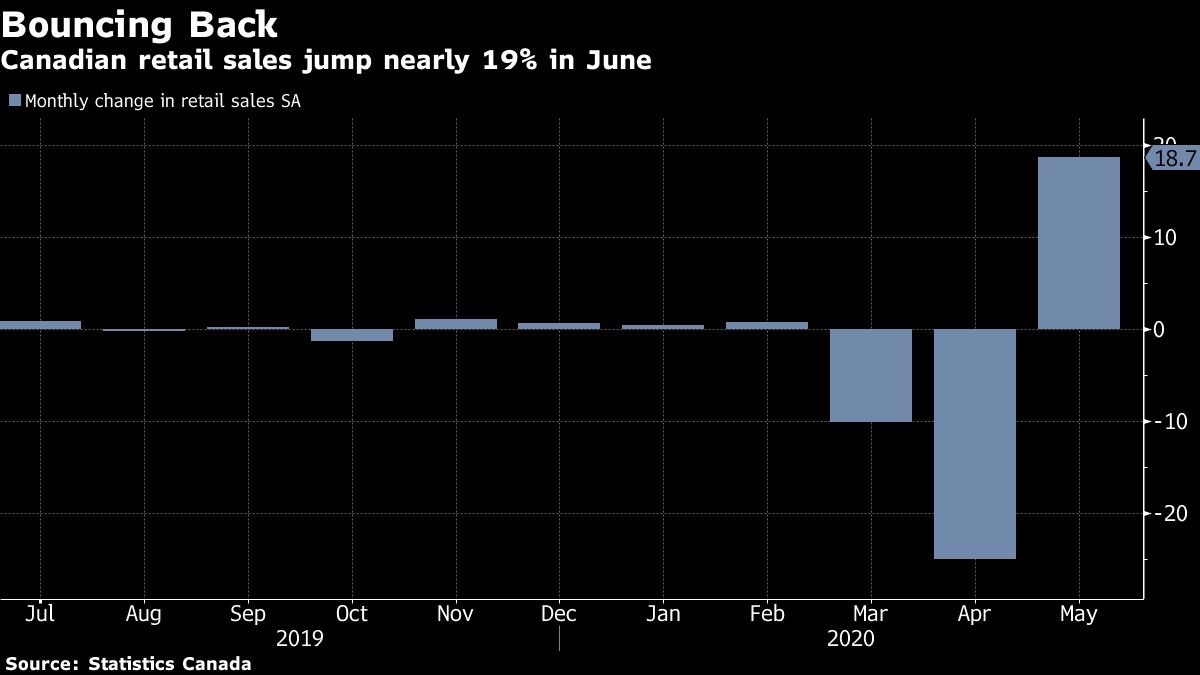Issued on: 21/07/2020

Climate activists take part in a rally in the Paris suburb of Beaumont-sur-Oise, on July 18, 2020, marking four years since the death in police custody of black youth Adama Traoré. © Bertrand Guay, AFP
Text by:Benjamin DODMAN
Seeking to expand their support base, anti-racism campaigners from the French banlieues are embracing the fight against human activities that poison the air, wreck ecosystems and spawn deadly pandemics – hurting vulnerable communities most
Under a scorching sun, thousands of protesters marched through the Paris suburb of Beaumont-sur-Oise at the weekend, their banners, T-shirts and face masks calling for justice, equality and the freedom to simply breathe.
Both solemn and festive, the gathering marked the fourth anniversary of the death in police custody of black youth Adama Traoré, whose case has mobilised broad anger against police brutality and racial injustice in France. Demonstrators paid tribute to Traoré, who died of asphyxia on his 24th birthday in circumstances that remain unclear.
The march was also about broader grievances, and climate activists co-organised this year’s event. Among them was Élodie Nace, a spokeswoman for environmental advocacy group Alternatiba, which bussed dozens of its members from the French capital to the distant northern suburb.
“Ours is not merely an addition of groups,” she told FRANCE 24. “It’s an alliance around a common message: we want to breathe.”
‘I can’t breathe’
Seldom has such an elementary plea felt quite so urgent as in recent months. From Beaumont-sur-Oise to Minneapolis, a perfect storm of crises has focused attention on the most basic of human needs: the oxygen-filled air that sustains life, keeps coronavirus patients breathing, and which George Floyd was fatally denied.
In France, the chilling video footage of Floyd’s killing on May 25 by a police officer in Minneapolis promptly evoked comparisons with the unresolved case of Traoré, whose last words were also, “I can’t breathe”.
Two autopsies and four separate medical examinations have offered conflicting reasons for Traoré’s death in police custody, with his family maintaining that he suffocated under the weight of the three officers who used a controversial technique to restrain him. None of the officers has been charged, and the seething sense of injustice has fuelled the family’s struggle against racism and police violence in France’s deprived banlieues.
"No man, no person should die like that, at that age," said Traoré’s sister Assa, who has led the family’s long legal fight.
Leftists and Yellow Vests
Saturday’s broad-based march was the result of years of community organising by the Traoré family, backed by veteran anti-racism campaigners who joined their advocacy group, Truth For Adama, commonly referred to as the Comité Adama.
Galvanised by the global protest movement that followed Floyd’s killing in the US, the Comité Adama drew tens of thousands of protesters to the streets of Paris last month in France’s biggest – and most diverse – such rallies in decades. Its protests have dwarved those staged by older anti-racism groups, whose radical edge has been eroded by years of association with mainstream political parties.
>> As George Floyd outrage spreads, France confronts its own demons
The group has “succeeded in carrying countless feelings of injustice that were yet to find an outlet", says Julien Talpin, a sociologist at the National Centre for Scientific Research. “In doing so, it has mobilised well beyond the circle of everyday activists.”
Since her brother’s death, Assa Traoré has roamed the country to meet with bereaved families, address rallies, reach out to other advocacy groups, and challenge political parties to take an interest in the banlieues. Last year, she invited representatives of the Yellow Vests, a largely white anti-government protest movement, to the annual gathering in Beaumont-sur-Oise.
While some groups, including the leftist “antifa” (anti-fascists), have made for natural bedfellows, other tentative allies, like the Yellow Vests, have raised more than a few eyebrows in a country where rural folk and banlieue residents seldom cross paths.
Even as they reach out for partners, members of the Comité Adama have fiercely defended their autonomy, speaking of “alliances” rather than “convergence”. They have been especially wary of involvement with political parties, careful to distinguish themselves from older anti-racism organisations, established in the 1980s and largely controlled by the Socialist and Communist parties that once dominated left-wing activism.
“The Comité Adama is willing to engage with political parties on the left, to challenge and provoke them, but it is careful to keep its distance,” said Talpin, noting that many left-wing parties in the French Republican tradition are reluctant to acknowledge the “systemic, institutionalised racism” denounced by the Comité Adama.
Ecology for all
So far, Alternatiba has proved a good match. Both movements are young, radical, independent and driven by women. In the words of Nace, Alternatiba’s spokeswoman, they also share a “systemic approach, aimed at overcoming a system of racial and gender-based domination that oppresses the most vulnerable".
“There’s a common strategy and a common ideological bedrock,” Talpin agrees.
“On the one hand, they agree to support one another in their respective, autonomous fights,” he explains. “And on the other, they share the assessment that the principal victims of racism, pollution and climate change are the underprivileged.”
Finally, Talpin adds, “they also believe that the mainstream left has abandoned those segments of the population and ignored the discriminations they endure.”
In March 2019, when hundreds of thousands of climate campaigners marched in towns and cities across France to denounce government inaction, in the country’s largest ever climate protests, Assa Traoré chose to march separately, under the Truth For Adama banner. But she accepted Alternatiba’s invitation to address the crowd, and later returned the invitation with Saturday’s gathering in Beaumont-sur-Oise.
For Alternatiba, a key aim of the rally was to dispel the widely-held belief that environmentalism is solely a preoccupation of white middle classes from the city-centres.
“Ecology should not only be for the wealthy, organic-eating urbanites. It is also about solidarity and reclaiming one’s territory,” says Nace, noting that France’s poor suburbs, home to large immigrant and non-white populations living in cramped, neglected housing projects, are the most impacted by climate change, by polluted air and water.
“The Adama Generation and the Climate Generation have come together to denounce a same system that plunders resources and pushes the most vulnerable further down the ladder,” she says. “We want a different type of society based on justice and equality, and none of this will be possible without bringing poor, working-class districts on board.”





